|
The Seven Wonders of the World were basically Ancient
Greece’s version of Lonely Planet—a guide to the most awe-inspiring,
must-see-before-you-die structures in the classical world. Now,
thousands of years later, one spot is still drawing tourists (the Great
Pyramid at Giza), while the rest have been destroyed and mostly
forgotten (the Tomb of Maussollos at Halicarnassus, anyone?).
With just one surviving Wonder, the aptly named New7Wonders Foundation
decided the roster needed an update, and in 2007, a global poll of more
than 100 million people generated a new list. But the additions weren’t
all that new—winners included Machu Picchu, Rome’s Colosseum and the Taj
Mahal. We want to know what future generations will look back on as the
most incredible creations of our time. Therefore, we compiled a list of
seven “Future Wonders of the World,” all completed after the year 2000.
Like the original, our list comprises seven structures that manage to
push both technical and aesthetic boundaries. And you’ll probably find
them in a Lonely Planet, too.
|
|
Burj Khalifa
City: Dubai
Architect: Adrian Smith, formerly of Skidmore, Owings & Merrill
Year: 2010
Claim to fame: Topping out at 160 floors, this multi-use building is the
tallest man-made structure in the world. |
|
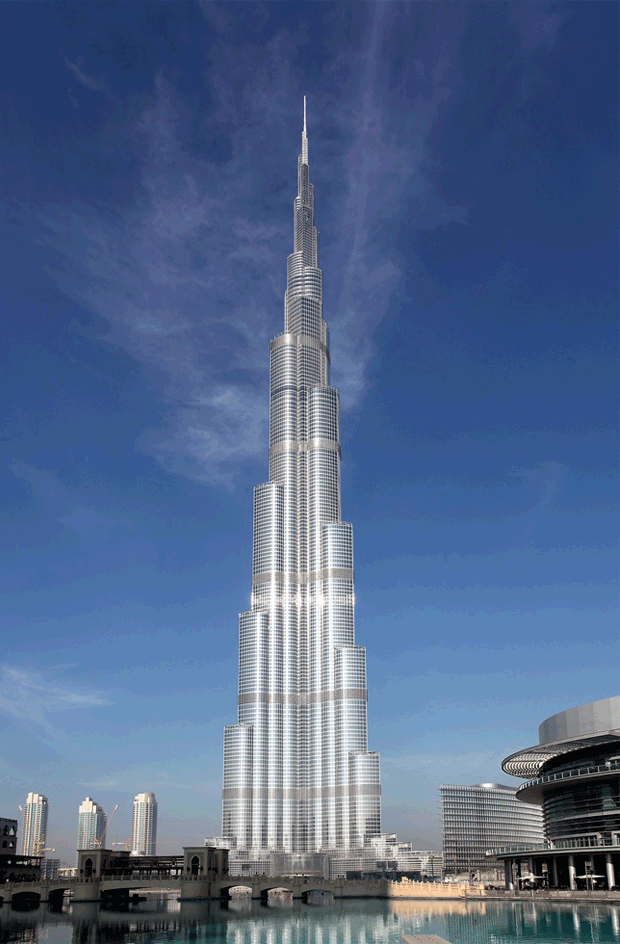 |
|
Beijing National Stadium (also known as the Bird’s
Nest)
City: Beijing
Architect: Herzog & de Meuron
Year: 2008
Claim to Fame: The centerpiece of the 2008 Summer Olympic Games, this
91,000-seat stadium is also the world’s largest steel structure. |
|
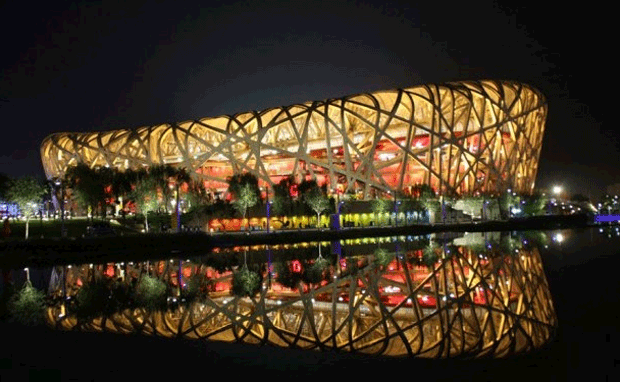
|
|
30 St Mary Axe (also known as the Gherkin)
City: London
Architect: Foster and Partners
Year: 2004
Claim to Fame: Located in London’s financial district, this 40-floor
office building won the 2004 Stirling Prize. Its unique design takes
advantage of modern technology that allows both sunlight and air to flow
through it. |
|
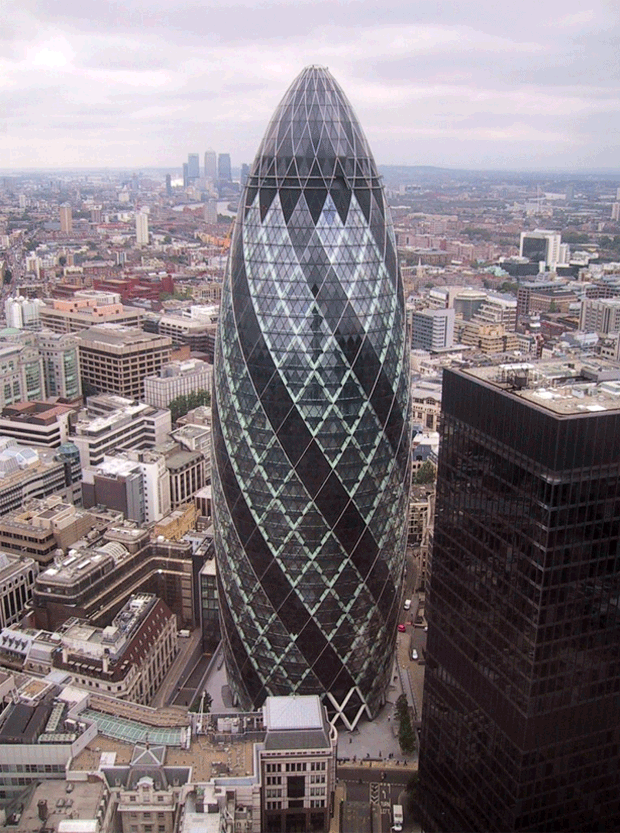
|
|
The Shard
City: London
Architect: Renzo Piano
Year: 2012
Claim to Fame: Controversial from its earliest beginnings, this
multi-use building radically transformed London’s iconic skyline. |
|
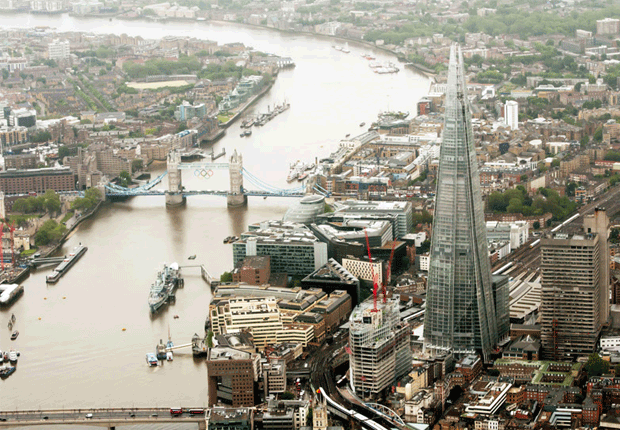 |
|
Walt Disney Concert Hall
City: Los Angeles
Architect: Frank Gehry
Year: 2003
Claim to Fame: This complex, contoured building is a prime example of
Gehry’s Pritzker Prize-winning aesthetic.
|
|
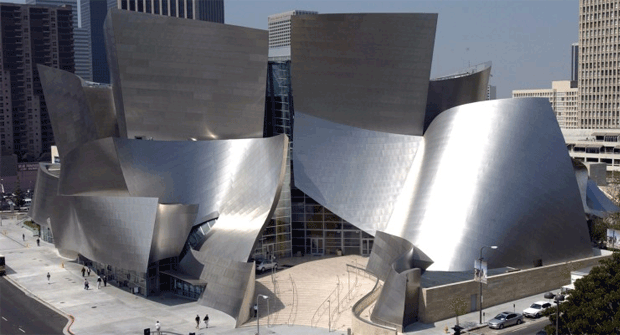 |
|
One World Trade Center (also known as the Freedom
Tower)
City: New York
Architect: David Childs of Skidmore, Owings & Merrill
Year: 2013 (projected)
Claim to Fame: At its completion, this will be the tallest building in
the Western Hemisphere and the third tallest in the world.
|
|
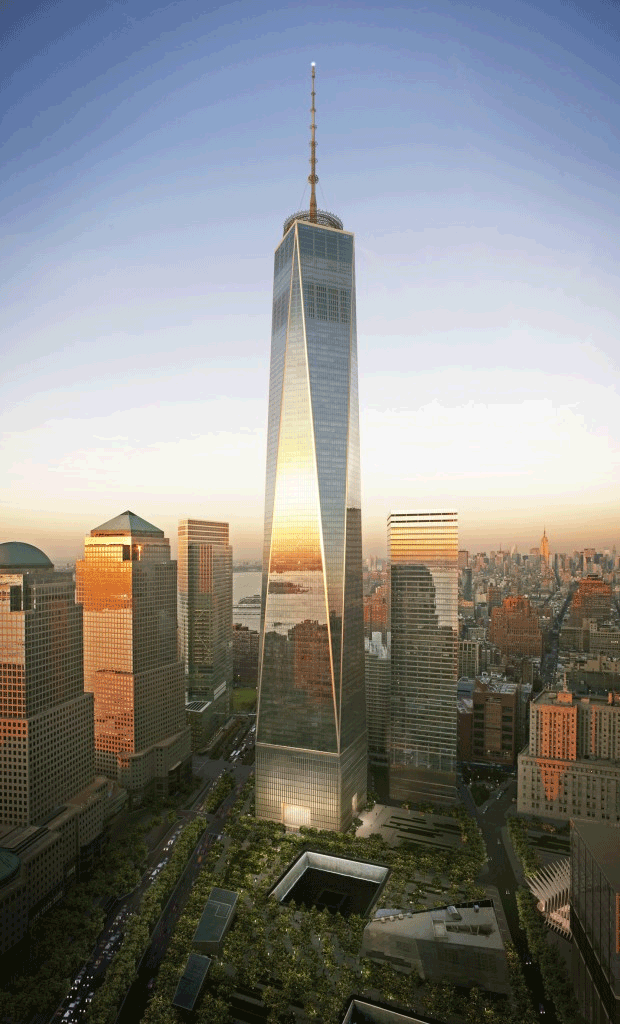 |
|
Phaeno Science Center
City: Wolfsburg, Germany
Architect: Zaha Hadid
Year: 2005
Claim to Fame: Completed a year after Hadid became the first woman to
win the Pritzker Prize. The New York Times called it “the kind of
building that utterly transforms our vision of the future.”
|
|
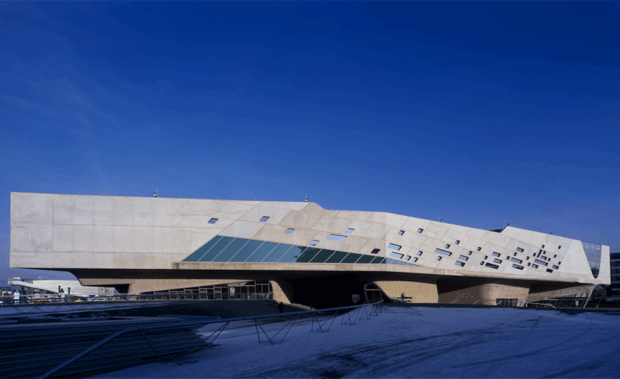 |